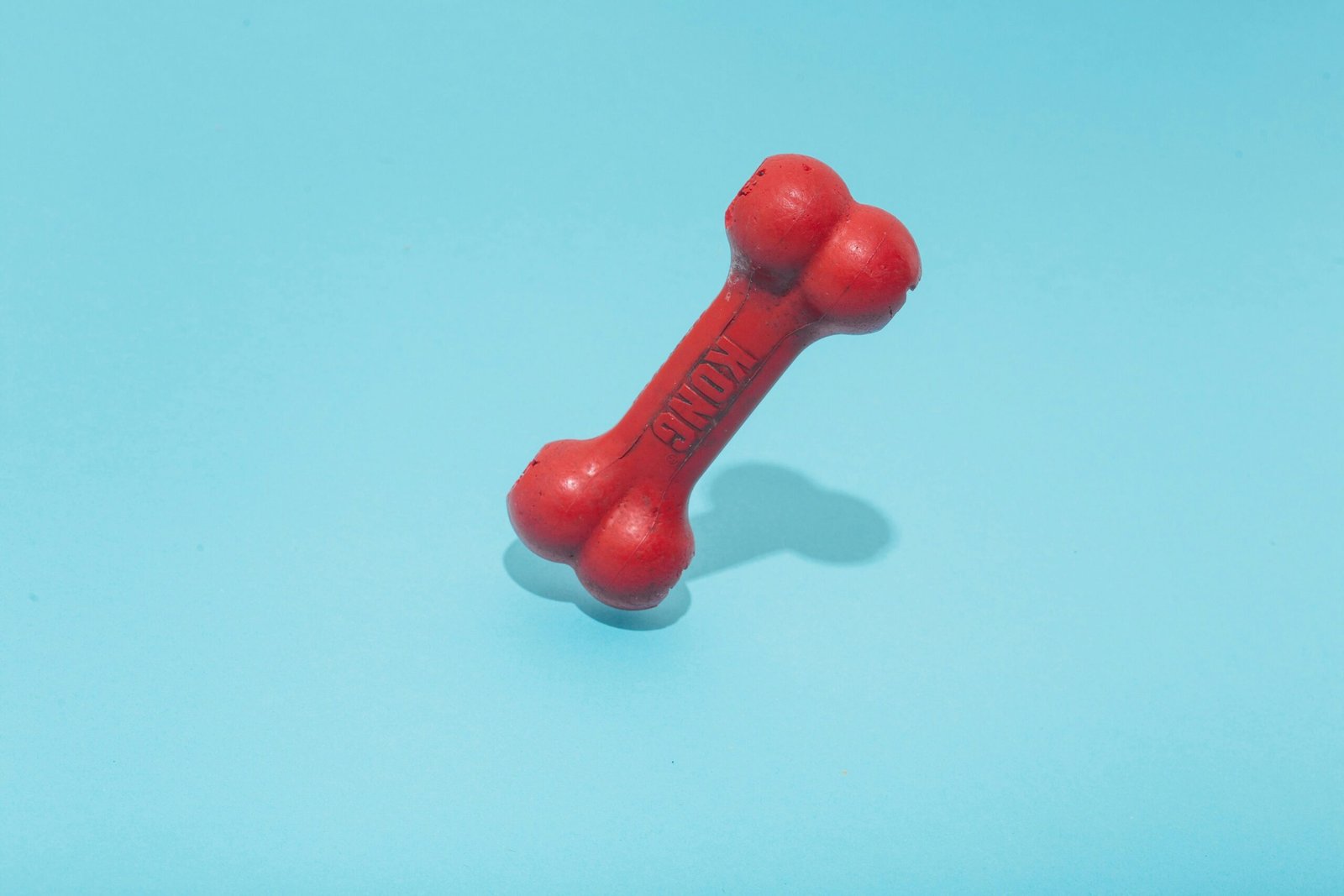Understanding Your Pet’s Needs
Every pet is unique, with their individual requirements shaped by factors such as breed, age, size, and overall health status. Understanding the fundamental needs of your pet is essential for ensuring their well-being and happiness. One of the most critical components of pet care is nutrition. Different animals have varied dietary requirements; for instance, dogs may thrive on high-protein diets, while cats often require foods rich in specific nutrients like taurine. It is advisable to consult your veterinarian to create a nutrition plan tailored to your pet’s age and health conditions, which can significantly contribute to their longevity and quality of life.
In addition to proper nutrition, regular exercise plays a pivotal role in your pet’s health. Each species and breed has its own exercise needs. For example, larger dog breeds may require extensive outdoor activities, whereas smaller animals, such as certain breeds of cats or dogs, may be content with indoor play sessions. Engaging your pet in regular physical activity promotes not just physical health, but also mental stimulation, preventing behavioral issues that can arise from pent-up energy.
Another essential aspect of pet care is regular veterinary check-ups. Routine examinations can help detect health issues early on, which can greatly impact treatment success. Pet owners should be vigilant in recognizing signs of discomfort or illness in their pets, such as changes in appetite, lethargy, or unusual behavior. Being attentive to these signs fosters proactive care, enabling timely interventions that can lead to better health outcomes. Awareness of your pet’s normal behavior and preferences is crucial; it equips you with the tools needed to discern when something might be amiss.
Establishing a Grooming Routine
Establishing a grooming routine is essential for the overall health and well-being of your pet. Regular grooming not only keeps your pet looking their best but also helps to prevent health issues such as matting, skin infections, and nail-related injuries. To create an effective grooming routine tailored to your pet’s specific needs, consider their breed, fur type, and size.
For pets with long fur, like Combing and brushing should be performed at least several times a week to prevent tangles and matting. On the other hand, short-haired breeds require less frequent brushing, approximately once a week, to remove loose hair and maintain a healthy coat. Investing in the appropriate grooming tools is vital; a slicker brush or a comb is well-suited for long-haired pets, while a bristle brush can effectively clean short-haired breeds.
Bathing is another crucial component of grooming. While cats can often groom themselves, dogs may need a bath every few months or as needed, depending on their activities and skin condition. It is advisable to use a gentle pet shampoo that suits their skin type to avoid irritation. Ensuring the water is lukewarm and using a handheld showerhead or a cup can make the bathing process more comfortable for your pet.
Nail trimming is an essential task that should be undertaken every few weeks. Regular trimming prevents the nails from becoming too long, which can cause discomfort and mobility issues. When trimming, use a quality nail trimmer designed for pets and take care to avoid the quick, which is sensitive and can bleed if cut incorrectly.
Finally, ear cleaning is a vital aspect of grooming that is often overlooked. Pets’ ears can accumulate dirt, wax, and moisture, leading to infections. Utilizing a veterinarian-approved ear cleaner and cotton balls can help maintain ear hygiene. By integrating these elements into a routine, both pets and owners can enjoy a more pleasant grooming experience.
Maintaining a Healthy Diet
Nutrition is fundamental to your pet’s overall health and well-being. A balanced diet tailored to your pet’s specific age, breed, and health requirements is essential to ensure they thrive and remain active. A well-structured meal plan not only promotes healthy growth and development in younger pets but also supports the health of senior companions by helping to manage weight and prevent potential health issues.
One of the common misconceptions about pet food is that all brands are created equal. Some pet owners may opt for lower-priced options, believing that all foods provide the same nutritional value. However, it is crucial to examine ingredients carefully. Look for high-quality protein sources, whole grains, and essential vitamins. Avoid products with excessive fillers, artificial additives, or by-products, which can detract from your pet’s health.
Reading pet food labels correctly can guide you in making healthier choices for your companion. Ingredient lists are arranged in order of predominance, meaning the first ingredients are the most significant in terms of quantity. Also, check for the Association of American Feed Control Officials (AAFCO) statement, confirming that the food meets established nutritional standards. Understanding the recommended portion sizes is vital as well. Also, consider the caloric density of the food, since different brands may have varying energy content.
Treats can be a delightful way to bond with your pet, but their inclusion should be balanced within the overall diet. Many owners underestimate the calories treats can contribute; thus, they should constitute no more than 10% of your pet’s daily caloric intake. Finally, hydration plays a critical role in supporting your pet’s health. Ensure that fresh, clean water is always available, as proper hydration aids digestion, nutrient absorption, and overall bodily function.
Recognizing Behavioral Needs and Training
Understanding the behavioral needs of pets is crucial for their overall well-being. Just as physical care is vital, an appropriate level of mental stimulation and emotional support cannot be overlooked. Engaging with our pets through social interactions, playtime, and training exercises plays an essential role in promoting good behavior and a harmonious relationship between pets and their owners.
Social interaction is one of the primary components of a pet’s behavioral health. Dogs, in particular, thrive on companionship, whether from humans or other dogs. Regular playdates with other dogs or family pets encourage social skills and help alleviate behaviors such as anxiety and aggression. For cats, interactive play, such as feather wands or laser pointers, can mimic their natural hunting instincts and keep them mentally stimulated.
Training exercises offer another avenue for channeling your pet’s energy positively. Basic commands, like “sit” or “stay,” are not only useful for managing behavior but also help reinforce the bond between the pet and owner. Consistency in training is key—using the same commands, structure, and expectations helps pets understand desired behaviors. Positive reinforcement techniques, such as treats or praises, are particularly effective in encouraging good habits in pets, leading to lasting behavioral improvements.
Moreover, incorporating time for interactive games into your pet’s daily routine can significantly enhance their mental engagement. Puzzle toys, treat-dispensing balls, or simple hide-and-seek games can provide both physical and mental stimulation. These activities not only satisfy a pet’s instinctual needs but also create an enjoyable experience for pet owners.
Ultimately, patience and consistency are paramount in nurturing a well-behaved pet. By recognizing and addressing the behavioral needs of your pet through engaging activities and proper training, you foster a healthy environment that supports their emotional and psychological development.


